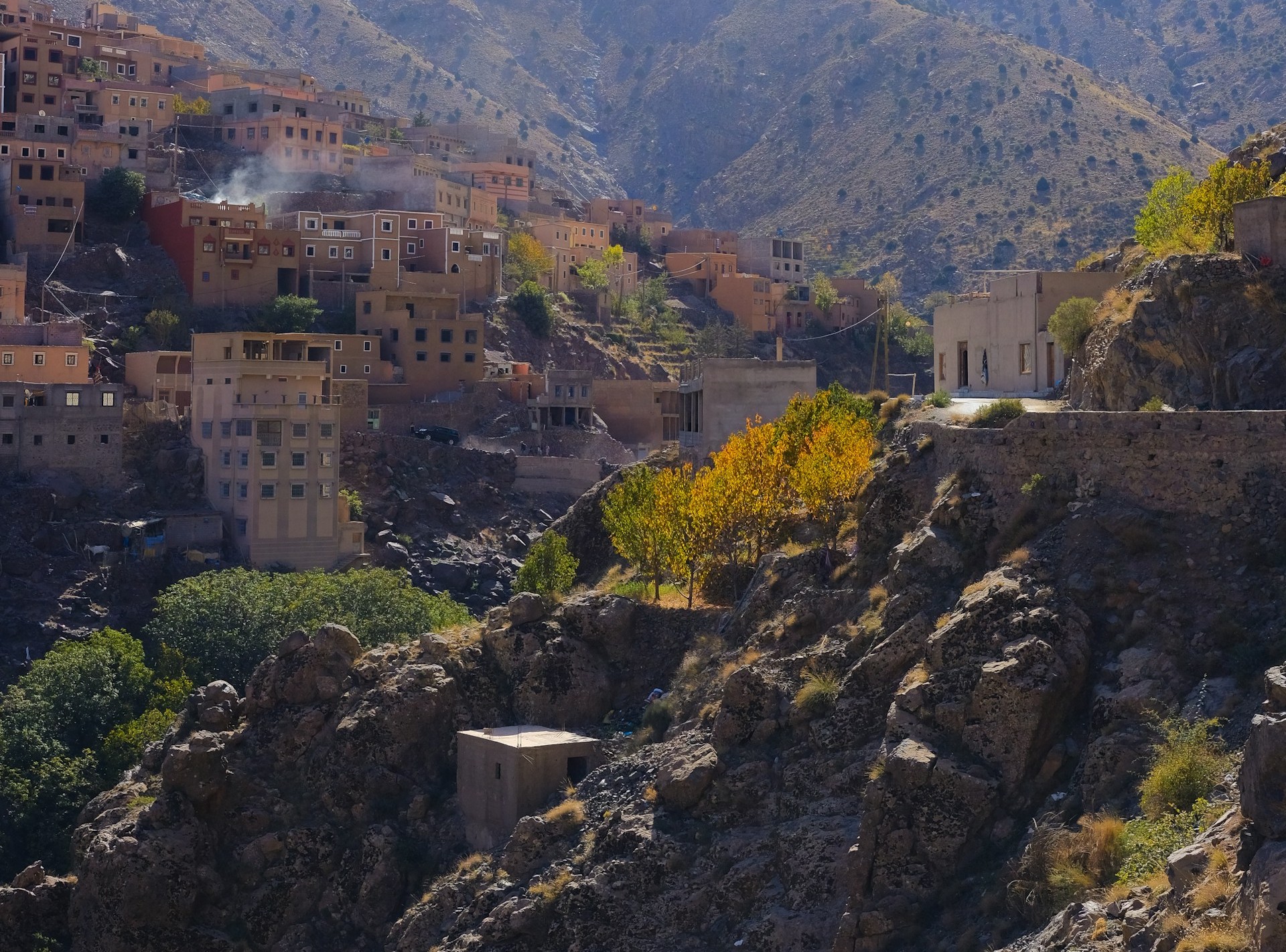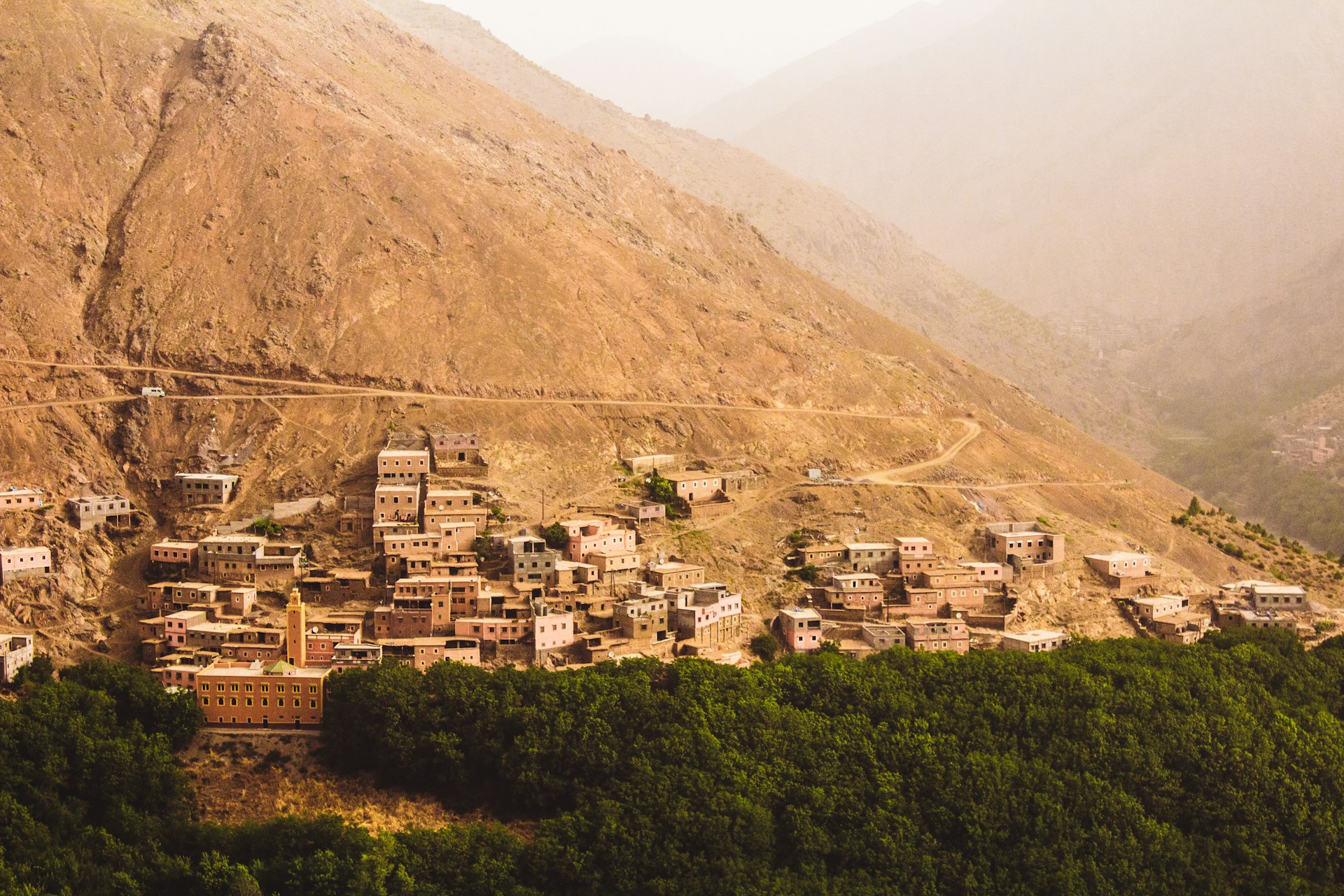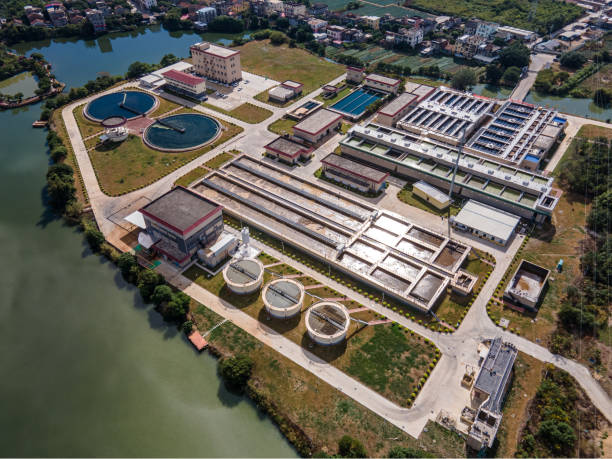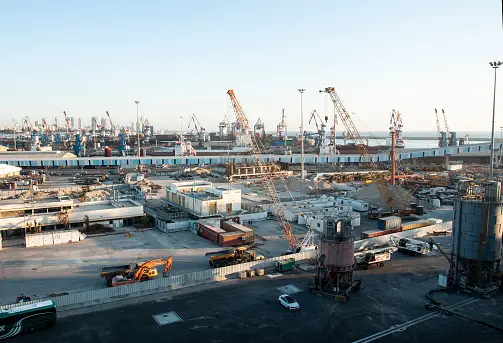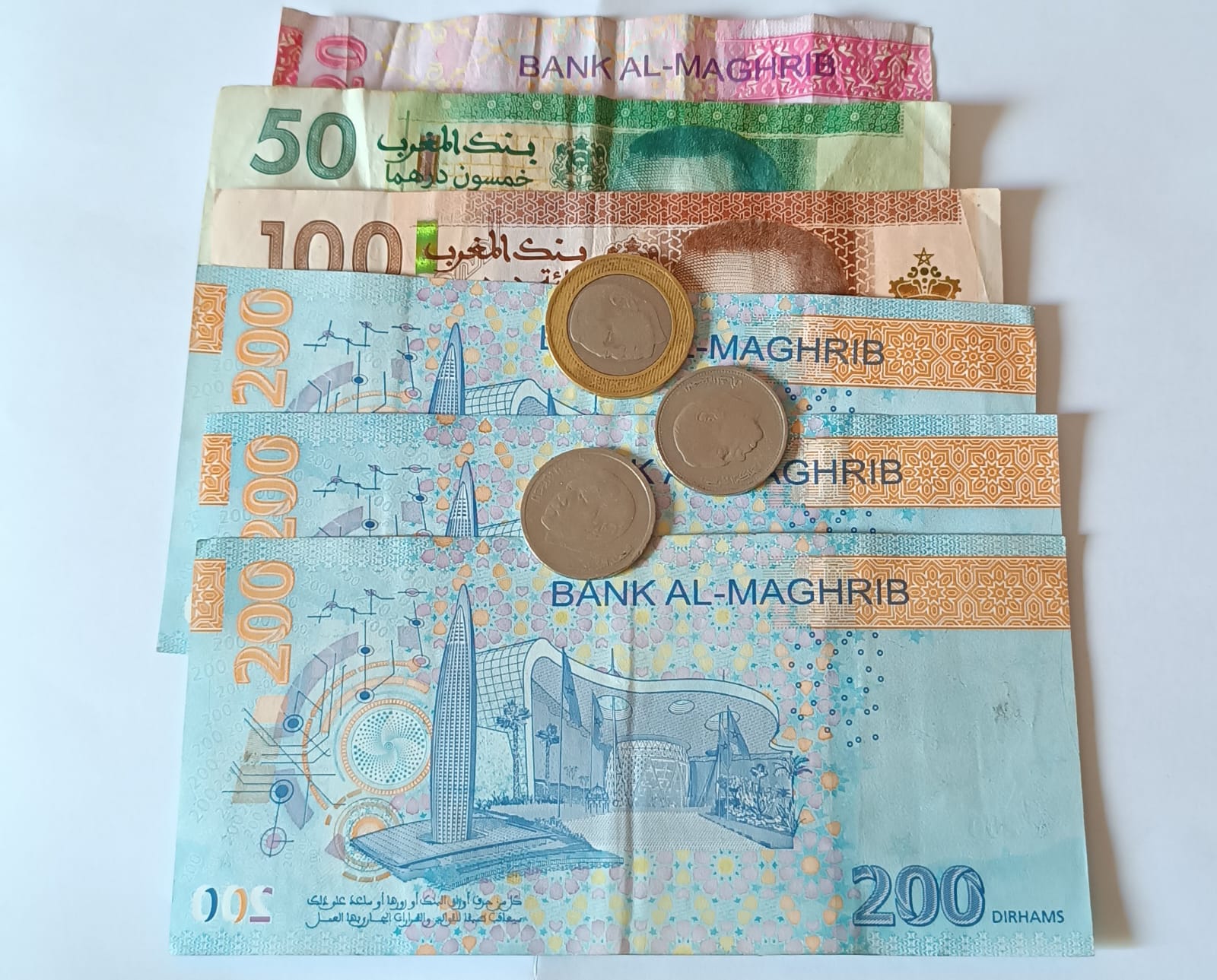Casablanca – Morocco is trying to make steady progress in expanding its healthcare workforce and infrastructure, but the country continues to face significant shortages of medical personnel, uneven geographic distribution of services, and challenges in retaining doctors, particularly in the public sector. Recent government data and independent studies illustrate both reforms underway and areas that demand urgent attention.
Expanded training capacity and new medical faculties
Under recent reforms spearheaded by the Ministry of Health and Social Protection, Morocco has undertaken a substantial expansion in the number of available seats for training general practitioners, nurses, and health technicians. According to figures presented by Minister Amin Tehraoui, the annual number of pedagogical seats for general medical practitioners has risen from approximately 2,650 in 2019 to an estimated 6,400 for 2025 — an overall increase of about 142%.
Parallel gains are evident in nursing: from just over 2,000 seats in 2019, the system now supports around 9,500 seats in 2024–2025.
To support greater training capacity and improve regional access, four new medical faculties have recently been inaugurated: in Laâyoune (Faculty of Medicine and Pharmacy), Guelmim, Beni Mellal, and Drâa-Tafilalet. A university hospital is also under construction in Laâyoune, linked to its new medical faculty, with the first cohorts of doctors expected to graduate between 2026 and 2028.
These expansions are aligned with long-term goals. The Ministry has set a target of increasing the ratio of all health professionals (doctors, nurses, technicians) from 17.4 per 10,000 inhabitants in 2022 to 45 per 10,000 by 2030, a benchmark meant to bring Morocco closer to international standards and improve service access across regions.
Persistent shortages, uneven distribution, and brain drain
Despite these advances, significant gaps remain in Morocco’s healthcare human resources:
- Doctor-to-population ratios remain below World Health Organization (WHO) standards. In 2023, Morocco had roughly 7 to 8 doctors per 10,000 people, while WHO norms often recommend more than double that number.
- The public sector is especially thin: per Ministry reporting, one public‐sector doctor may be responsible for over 2,500 inhabitants, whereas in the private sector this figure is better but still strained.
- Geographic disparities are stark. Major urban regions like Casablanca-Settat and Rabat-Salé-Kénitra contain a disproportionate share of medical professionals, while more remote or less developed regions such as Drâa-Tafilalet, Laâyoune-Sakia El Hamra, and Dakhla-Oued Eddahab remain severely under-resourced.
A further challenge is retention: 600 to 700 doctors reportedly emigrate every year. Many graduates and specialists trained in Morocco choose to work abroad, exacerbating shortages. Surveys show a large portion of medical residents either decline positions in public hospitals or migrate after training.
System constraints and policy bottlenecks
Beyond numeric shortages, Morocco’s health system faces obstacles in structuring attractive working conditions and simplifying entry for returning and foreign medical professionals:
- Legal and administrative complexity slows down or discourages Moroccan doctors abroad returning, or foreign doctors entering the system. The procedures involve several regulatory steps and are often seen as lacking in transparency or speed.
- Working environment concerns – including facility infrastructure, governance, availability of medical equipment, salary incentives – remain a major factor in whether doctors stay in public institutions or choose private practice, move abroad, or abandon certain specialties.
- Mismatch between training and absorption: while graduate numbers are rising, not all those trained find positions in the public sector. Some health workers remain unemployed despite demand—partly because public hiring has not kept pace with training expansions. This paradox of simultaneous shortages and unemployment among healthcare personnel undermines equity and efficiency.
Looking forward: Strategic priorities and risks
To meet its ambitious targets by 2030, Morocco’s health sector must continue scaling up, but also sharpen its focus on several strategic priorities:
- Strengthening retention: Offering better salaries, improved working conditions, continuing professional development, and career progression pathways in less urbanized regions are essential to prevent loss of doctors to private sector, abroad, or away from public service.
- Addressing regional inequalities: Investments in infrastructure (hospitals, clinics), deploying faculty and specialists to peripheral regions, and providing incentives for working in underserved areas will be crucial.
- Streamlining regulatory frameworks: Simplifying the licensing/recognition process for doctors educated abroad or foreign physicians, reducing bureaucratic delays, can help increase the pool of available professionals.
- Aligning training supply with actual demand: Mapping labor market needs by region and specialty will help avoid over-production in some fields and gaps in others (e.g. certain specialties, remote care). Also ensuring that increased student numbers are matched by capacity in teaching hospitals, supervision, and clinical exposure.
- Improving hospital efficiency and management: Beyond staff numbers, studies show some hospital networks are operating below technical efficiency, meaning input resources (staff, beds, medical equipment) are not always used optimally to generate expected outputs (patient care, admissions, hospital stays).
Morocco is clearly progressing: medical education seats have more than doubled, new faculties and hospitals are being built, and government policy is aligning with international benchmarks. However, to deliver on the promise of improved healthcare access for all, especially in underserved regions, the country must address retention, regional inequalities, and system inefficiencies.
With consistent political will, investment in infrastructure and incentives, and regulatory reforms, Morocco may close much of the gap in human resources in the health sector. But given the scale of the challenge, there is no quick or magical fix — only sustained, multi-dimensional effort.

